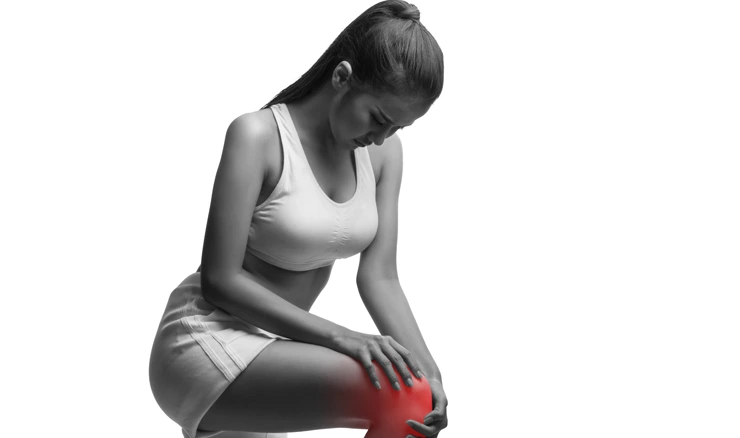Ph: (07) 5238 4000 | Email: info@osteophi.com.au

Unraveling the mystery of knee pain: A brief guide to understanding and alleviating discomfort

Knee pain is a common ailment that affects people of all ages and lifestyles. Whether you’re an athlete or spend most of your day at a desk, knee discomfort can strike unexpectedly, impacting your daily activities. In this article, we will explore the various causes of knee pain and discuss how osteopathic care can offer relief and promote long-term joint health.
Before delving into the complexities of knee pain, it’s essential to understand the intricate anatomy of the knee joint. The knee is a hinge joint that connects the thigh bone (femur) to the shin bone (tibia). Additionally, the patella, or kneecap, plays a crucial role in knee function. Ligaments, tendons, and cartilage work in harmony to facilitate smooth movement, allowing us to walk, run, jump, and perform a myriad of activities.
– Sprains, strains, and fractures can result from accidents, sports injuries, or sudden twists and falls.
– Overuse injuries, such as runner’s knee or tendonitis, can occur due to repetitive movements without proper rest.
– Osteoarthritis is a common cause of knee pain, especially in older adults. It occurs when the protective cartilage that cushions the ends of bones wears down over time.
– Rheumatoid arthritis, an autoimmune disorder, can also affect the knees, leading to inflammation and pain.
– Dislocation of the kneecap (patellar dislocation) can cause significant discomfort.
– Imbalances in neighbouring muscles and joints can affect the function of the knee. Strength, weakness and looseness and tightness can affect the alignment of the knee joint and the forces that cross it.
– Conditions like gout or infections can contribute to knee pain.
– Conditions affecting the nerves, such as sciatica, may radiate pain to the knee area.
Osteopathic medicine emphasises the body’s interconnectedness and the importance of treating the whole person rather than just the symptoms. Osteopaths use a hands-on approach to diagnose, treat, and prevent illness and injury. When it comes to knee pain, osteopathic care focuses on restoring balance and promoting the body’s natural healing mechanisms.
– Osteopathic manipulation techniques may be employed to improve joint mobility, reduce muscle tension, and enhance blood flow to the affected area.
– Soft tissue techniques aim to release tight muscles and improve flexibility around the knee joint.

– Customized exercise programs help strengthen muscles around the knee, providing better support and stability.
– Stretching exercises improve flexibility, reducing the risk of injury and alleviating tension.
– Osteopaths consider the patient’s overall health, offering guidance on lifestyle modifications and nutrition to support joint health.
– Weight management is often addressed, as excess weight can exacerbate knee pain and contribute to joint degeneration.
– Empowering patients with knowledge about their condition and self-care strategies is a fundamental aspect of osteopathic care.
– Understanding proper body mechanics and ergonomics can help prevent future knee issues.
Knee pain is a multifaceted issue with various underlying causes, but with the right approach, it can be effectively managed and treated. Osteopathic care provides a holistic and patient-centered approach to knee pain, addressing not only the symptoms but also the root causes. By combining manual therapy, exercise, lifestyle modifications, and education, individuals can find relief, regain mobility, and embark on a journey to long-term knee health. If you’re experiencing knee pain, consult with a Osteophi Osteopath to explore personalised solutions that align with your unique needs and goals.

Donec tristique sollicitudin sem et eleifend. Donec tristique sollicitudin sem et eleifend. Cras nec porttitor metus, in vulputate quam id ligula venenatis lacinia. Cras nec porttitor metus, in vulputate quam id ligula venenatis lacinia.
Lorem Ipsum is simply dummy text of the printing and typesetting industry. Lorem Ipsum has been the industry’s standard dummy text ever since the 1500s, when an unknown printer took a galley of type and scrambled it to make a type specimen book.